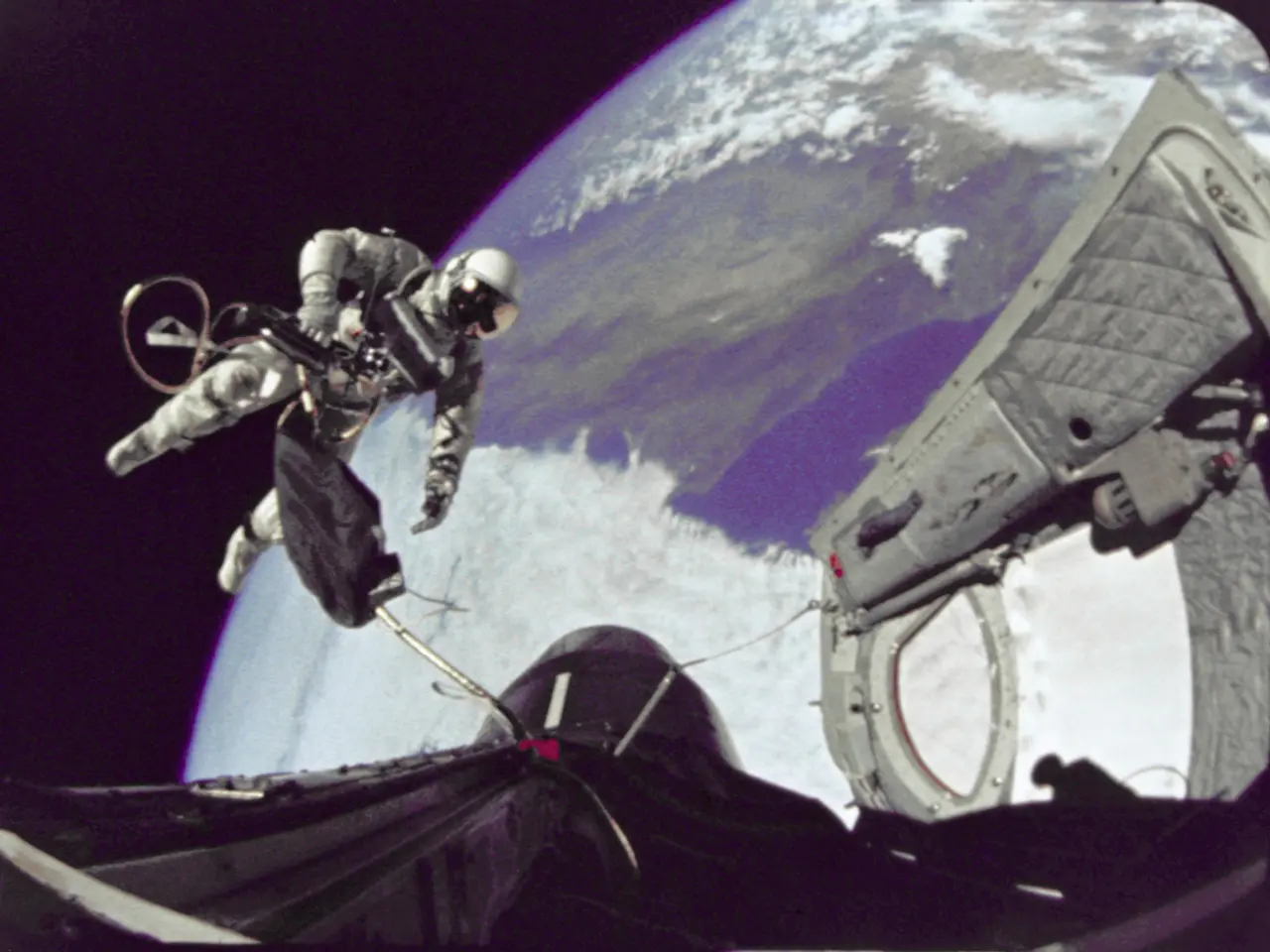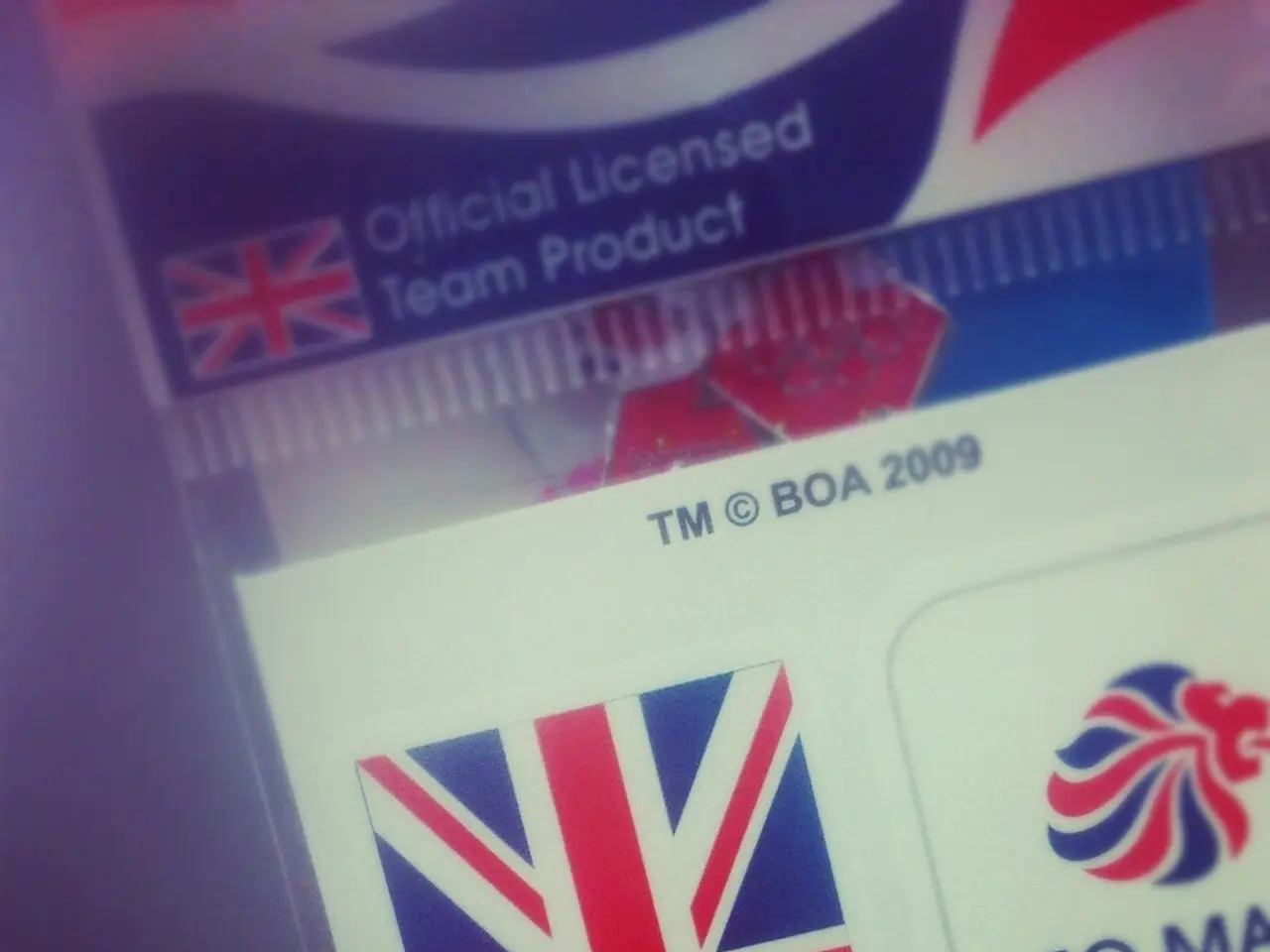Trump demands air and space museum transfers Discovery shuttle from Washington D.C. to Houston under his new directive dubbed 'Big Beautiful Bill'
==============================================================
In the summer of 2025, the Space Shuttle Discovery remains at the Smithsonian Institution's National Air and Space Museum Steven F. Udvar-Hazy Center in northern Virginia, despite a provision in a federal tax and spending bill signed by former President Donald Trump authorising and funding its relocation to NASA's Johnson Space Center in Houston, Texas.
The Smithsonian asserts full ownership of Discovery, having received "all rights, title, interest and ownership" from NASA in 2012. The museum views the proposed forced relocation as unprecedented and potentially damaging, considering the shuttle a core element of its research and public mission.
The bill, which cuts overall Smithsonian funding by about 12 percent, was signed into law by President Trump on July 4. The main provisions of the "Bring the Space Shuttle Home Act" were folded into the larger reconciliation bill, introduced by Texas senators John Cornyn and Ted Cruz.
Senator Dick Durbin accused the transfer of the Discovery space shuttle to NASA as a "heist" by Texas, while critics have framed the move as a problematic use of taxpayer money, contrasting the expensive shuttle relocation funding with cuts to social programs.
Logistical and financial concerns complicate the relocation. The Smithsonian estimates that moving Discovery could cost upwards of $50 million, far exceeding the $5 million earmarked strictly for transport, and an additional estimated $325 million would be needed for building a suitable new display facility in Houston.
The tension around the shuttle’s transfer highlights broader conflicts related to funding and political priorities. The Smithsonian resists efforts to politicize or repurpose its collections, while the Trump Administration has been accused of promoting "improper ideology."
The bill does not mention the Discovery space shuttle by name in its provision. However, the space vehicle to be transferred is widely understood to be the Discovery space shuttle, which has been on display at the Udvar-Hazy Center since 2012.
The Smithsonian Institution is required to transfer a "space vehicle" to NASA, but the museum has formally pushed back against the move, asserting that Congress does not have authority to unilaterally reassign ownership or relocate Smithsonian property.
The move is a part of an effort by Republicans and the Trump Administration to dictate the direction of the Smithsonian Institution. The Anacostia Community Museum is slated to be merged into the National Museum of African American History and Culture, while an executive order was issued by the Trump administration singling out shows at the Smithsonian American Art Museum and the National Museum of African American History and Culture.
As the deadline for the transfer approaches on January 4, 2027, the future of the Discovery space shuttle remains uncertain, with the Smithsonian continuing to assert its legal ownership and mission to serve the public.
- Amidst the controversy over the relocation of the Space Shuttle Discovery, the art world has weighed in, expressing concern about the potential politicization of museum policies and legislations.
- The ongoing dispute between the Smithsonian Institution and NASA over the Discovery space shuttle could set a dangerous precedent, causing future artists and artwork to question their museum's independence and ownership.
- In light of the dispute over the Space Shuttle Discovery, analysts are predicting a stormy relationship between the art world and politics in the near future, particularly within policy-and-legislation that pertain to museums and their exhibitions.
- In a stand against the political sidestepping of museum autonomy, artists worldwide could begin creating pieces that highlight the importance of preserving art institutions' artistic and educational missions.
- As the art community closely follows the ongoing battle between the Smithsonian and NASA over the Space Shuttle Discovery, it is clear that the world of politics and war-and-conflicts have found their way into the halls of art galleries and museums.








